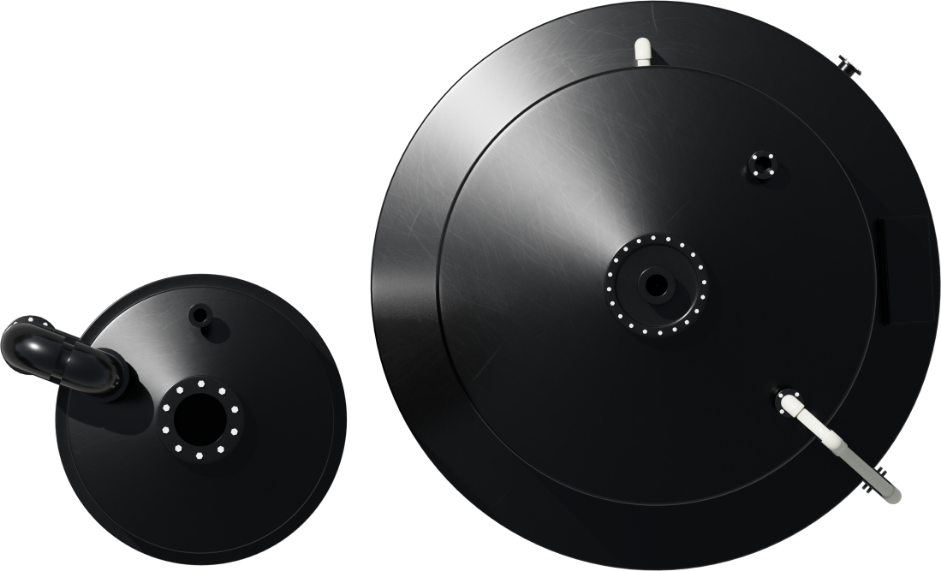Manufactured from polypropylene and high density polyethylene to accommodate a wide range of chemicals, NIPLAST ® mixing tanks are fabricated by EN13067 qualified personnel to help the customer in achieving their desired solution characteristics in the final mix.
Mixing tanks are essential equipment in a wide range of industries, playing a pivotal role in the blending, homogenisation, and agitation of various substances, liquids, or powders. These tanks are versatile, adaptable, and crucial for numerous industrial processes.
Mixing tanks are used in multiple industries to ensure the thorough mixing of chemicals and other substances. A mixing tank is responsible for ensuring that the raw materials are completely combined. Here are a few reasons that they are important:
Homogenisation is the process of making the particles in a substance extremely small so that they effectively combine into one uniform liquid. Mixing tanks make sure that all parts of a solution are evenly distributed and everything in the same batch is completely consistent. This is essential in the pharmaceutical, food and chemical industries.
Mixing tanks are not only more effective, but they are more efficient. They take considerably less time to combine elements together than other ways of mixing. These tanks can function as a dissolving tank to make sure that in the mixing process, effectively dissolving solids with liquids. They can also emulsify other elements.
Effective mixing helps to minimise waste and production costs. Savings are also made in the quality control stage as often the product quality that leaves the tank is superior to other methods of mixing. When elements are efficiently combined, this can also lead to resource savings.
In many industries, such as the food and beverage, or pharmaceutical industry, even small variations in the mixture of the components can have a huge impact. Mixing tanks help to ensure that the blending and composition of solutions are consistent and maintain the high standards of the products manufactured.
Several factors influence the efficiency and effectiveness of mixing tanks which include:
It may not seem as though the shape and size of a tank would make much of a difference to the method of mixing, but they can affect the flow patterns within the tank. An effective design makes sure that dead zones, the area where unmixed materials can accumulate during processing, are minimised.
Agitators are used promote mixing and the even distribution of substances within a tank. The different type, size or speed or an agitator within a tank often depend on the processes that it will be used for.
Mixing tanks need to me made from materials that are going to be compatible with the substances that are going to be combined within the tank. We make use of high density polyethylene and polypropylene as they offer resistance to chemicals and are compatible with most substances.
Mixing tanks can be automated. These systems offer control to make sure that mixing parameters are followed and consistency is maintained throughout the combination process.
With over 40 years of brand heritage, Niplast are experts in manufacturing plastic bulk storage tanks to strict CEN standard BS EN 12573 and its forerunner DVS 2205.
Our long history of applying these standards innovatively to solve chemical storage problems our clients meet, is what sets us apart. Sometimes you need to think outside of the tank
Today, with over 40 years of brand heritage, Niplast is an expert in manufacturing plastic bulk storage tanks or industrial tanks to strict CEN standard BS EN 12573 and its forerunner DVS 2205.
Our long history of innovatively applying these standards to solve chemical storage problems sets us apart from other brands of underground water tanks and chemical storage solutions. Sometimes, you need to think outside of the tank!
Contact Us